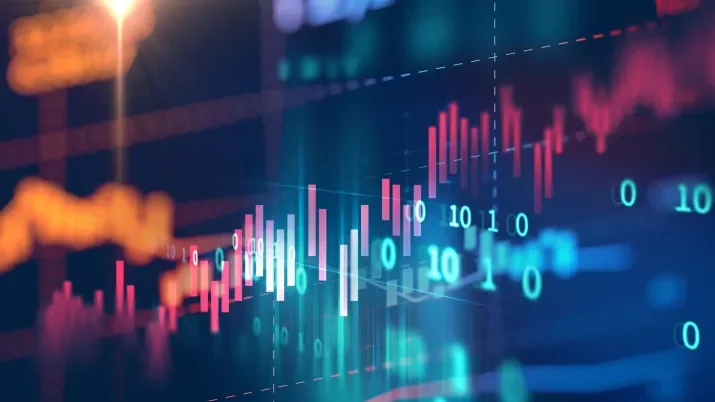Even in recession, defaults will be lower than previous cycles
TwentyFour
Corporate default rates across Europe and the US remain near record lows, with the European high yield 12-month default rate at just 0.1% on a notional basis as of the end of April and the US equivalent at just 0.5%, according to CreditSights research. While default rates are by their very nature backwards-looking, there are a number of reasons why we believe they will remain low even if we do dip into recession, a possibility which is of course being talked about with increasing frequency at the moment.
Firstly, corporate balance sheets have strengthened significantly since 2020 and entered 2022 in a position of real strength; cash as a percentage of EBITDA was at all-time highs and median net leverage across Europe and the US was at its lowest level since the financial crisis, according to Goldman Sachs research. In addition to balance sheet strength, the vast majority of the high yield universe used the attractive funding conditions last year to term out their maturity profiles. In fact, 2022 maturities in both US and European high yield equated to just 1% of their respective indices. Even 2023 maturities remain subdued, with the bulk of the “maturity walls” coming in 2025 or later.
Secondly, consumer balance sheets are also at multi-decade strengths given COVID related fiscal stimulus packages that led to large increases in consumer savings. While we have seen savings rates decline this year, the large amount of savings stock that consumers have built up over the last few years helps to provide a buffer against the economic volatility and cost-of-living squeeze that we are currently seeing.
Thirdly, previous recessions, particularly in the US, have been characterised by very large defaults in the oil and gas sector. Given where energy prices have spiked to in recent months, energy firms are posting record levels of earnings (the European energy sector collectively posted year-on-year earnings growth of over 200% in Q1 2022), and the capital allocation priorities of lower rated oil and gas companies in the US have become more rational over the last five years.
Fourthly, we have just gone through a default cycle, so the weakest names within the high yield universe have generally left the market or reworked their capital structures. The US high yield energy default rate reached almost 30% in 2020, for example, while the European high yield’s usual trouble spot (retail) also saw multiple restructurings that year.
In addition to this, sponsors were generally very supportive of their portfolio companies throughout the crisis, injecting cash when needed or providing credit lines. Higher levels of ‘cash equity’ heavily incentivise sponsors to continue to support their portfolio companies through another (less severe) downturn in order to ultimately realise their investment.
Lastly, it is worth pointing out that throughout the recent spread sell-off, the distress ratio in high yield has not spiked materially higher. The distress ratio is the percentage of the index that trades above 1000bp, and is often a useful indicator of future defaults. The current level of 3.2% in European high yield compares to highs of 14% and 9% in 2016 and 2018, respectively.
Now, it is worth highlighting that we do of course expect the default rate to rise. The ultra-low levels we are seeing at the moment are unsustainable in an environment of slowing growth and persistently high inflation, particularly if we go into a recession. The early estimates for default rates in 2023 validate this, with the likes of JP Morgan expecting 2023 defaults of 2.25% in Europe and 1.25% in the US.
With recessionary fears building, we think it prudent to continue moving up the ratings curve to increase overall credit quality.
We do however believe that the default rate will remain low relative to previous cycles (that US estimate from JP Morgan is some 175bp below the longer term average), and will be primarily localised to companies that have very high levels of energy intensity, limited pricing power, or large exposures to Russia/Ukraine.



